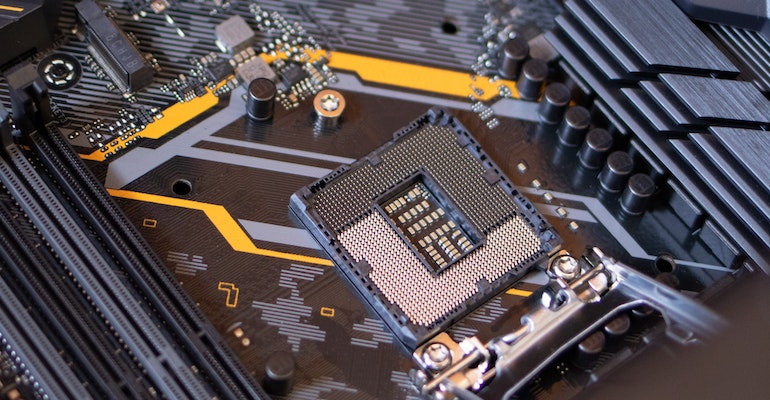What Is EEPROM and How Does it Work?
What is EEPROM?

EEPROM (Electrically Erasable Programmable Read-Only Memory) is a memory chip that does not lose data after power failure. EEPROM can be erased and reprogrammed on a computer or a dedicated device.
EEPROM (Electrically Erasable Programmable Read-Only Memory) is a user-alterable read-only memory (ROM) that can be erased and reprogrammed (rewritten) by the application of a higher-than-normal voltage. Unlike EPROM chips, EEPROMs can be modified without being removed from the computer. In an EEPROM, which can be frequently reprogrammed while the computer is in use, the lifetime of the EEPROM is an important design consideration. A special form of EEPROM is flash memory, and its application is usually the voltage in personal computers to erase and reprogram. The data stored in the DRAM will be lost after the power is turned off, but the data stored in the EEPROM will not be lost after the power is turned off. In addition, EEPROM can erase stored data and reprogram it.
It is generally used for plug and play (Plug & Play); it is frequently used in interface cards to store hardware setting data; it is also commonly used in "hardware locks" to prevent illegal copying of software.
How Does EEPROM Work?
The erasing of EEPROM does not require any other equipment, it uses electronic signals to modify its content and takes byte as the minimum modification unit, it is not necessary to wash all the data before writing, completely getting rid of the shackles of the EEPROM eraser and programmer.
When EEPROM writes data, it still needs to use a certain programming voltage. At this time, only the special refresh program provided by the manufacturer can be used to easily rewrite the content, so it is a dual-voltage chip. With the help of the dual-voltage feature of the EEPROM chip, the bios can have a good anti-virus function. When upgrading, turn the jumper switch to the "on" position, that is, add the corresponding programming voltage to the chip, and you can easily upgrade; In normal use, turn the jumper switch to the "off" position to prevent chip-type viruses from illegally modifying the bios chip. Therefore, there are still many motherboards that use EEPROM as the bios chip and as a major feature of their motherboards.

What is EEPROM used for?
1. System Configuration
For a small system that needs switches to set parameters, EEPROM can set parameters such as baud rate. Parameters such as synchronous/asynchronous selection and data length are stored in it. Formulate a data sequence or table to allow users to complete the selection conveniently. Each time the CPU is powered on, the specified working mode is set according to the parameters set in the EEPROM.
2. Process record
A general micro-processing system has three forms of self-test means. That is, power-on self-test. The self-inspection is generated by human intervention, and the self-inspection is performed automatically on a regular basis. In the self-inspection, the inspection codes generated by each part of the system are stored in an area opened by EEPROM, through software programming and certain display means. In special cases, if the damage to the equipment exceeds the normal use range of the system, the system will be deactivated through software. Then carry out system evaluation and accident recall according to the key data stored in EEPROM.
-
Giantec extends its NOR Flash family with GT25Q32B-L to empower IoT applications
2024-05月-08
-
Giantec Semiconductor successfully passed the ISO9001 and ISO14001 recertification audit
2021-07月-13
-
Giantec joins China Automotive Chip Industry Innovation Strategic Alliance to help build an innovation ecosystem
2021-06月-16
























